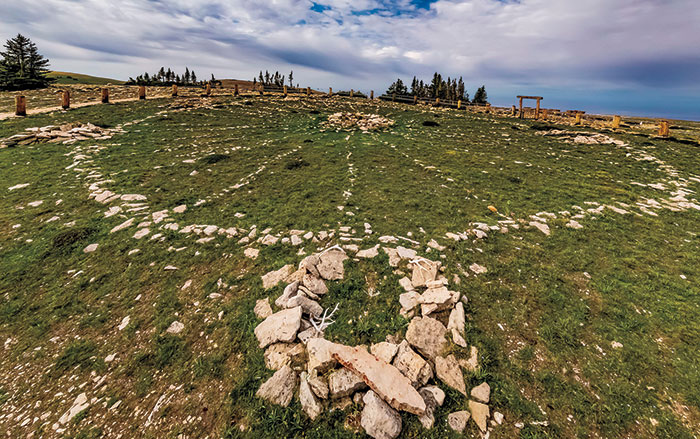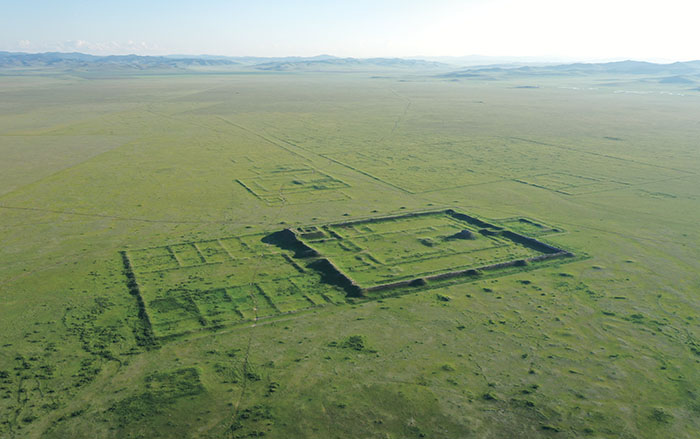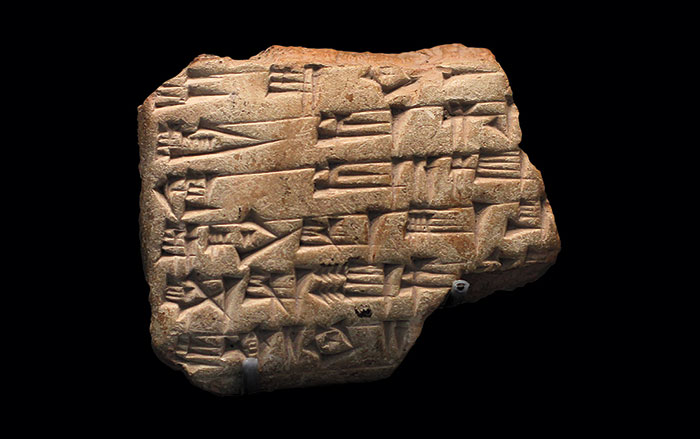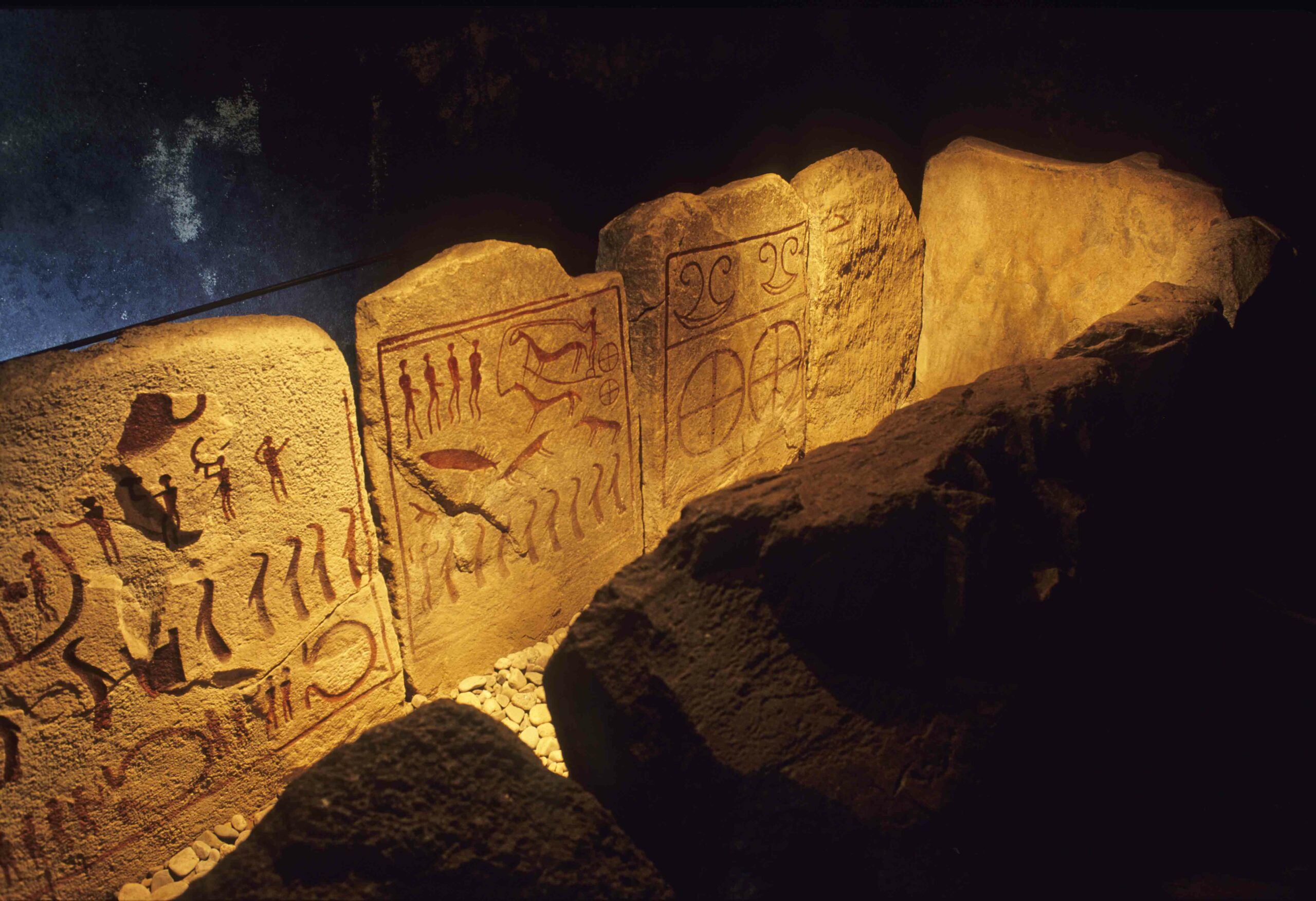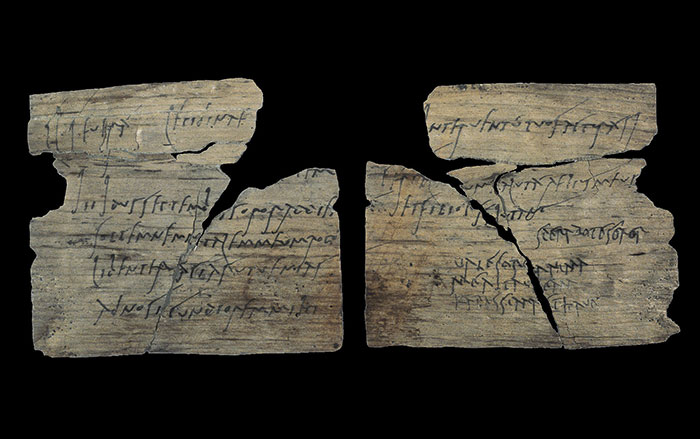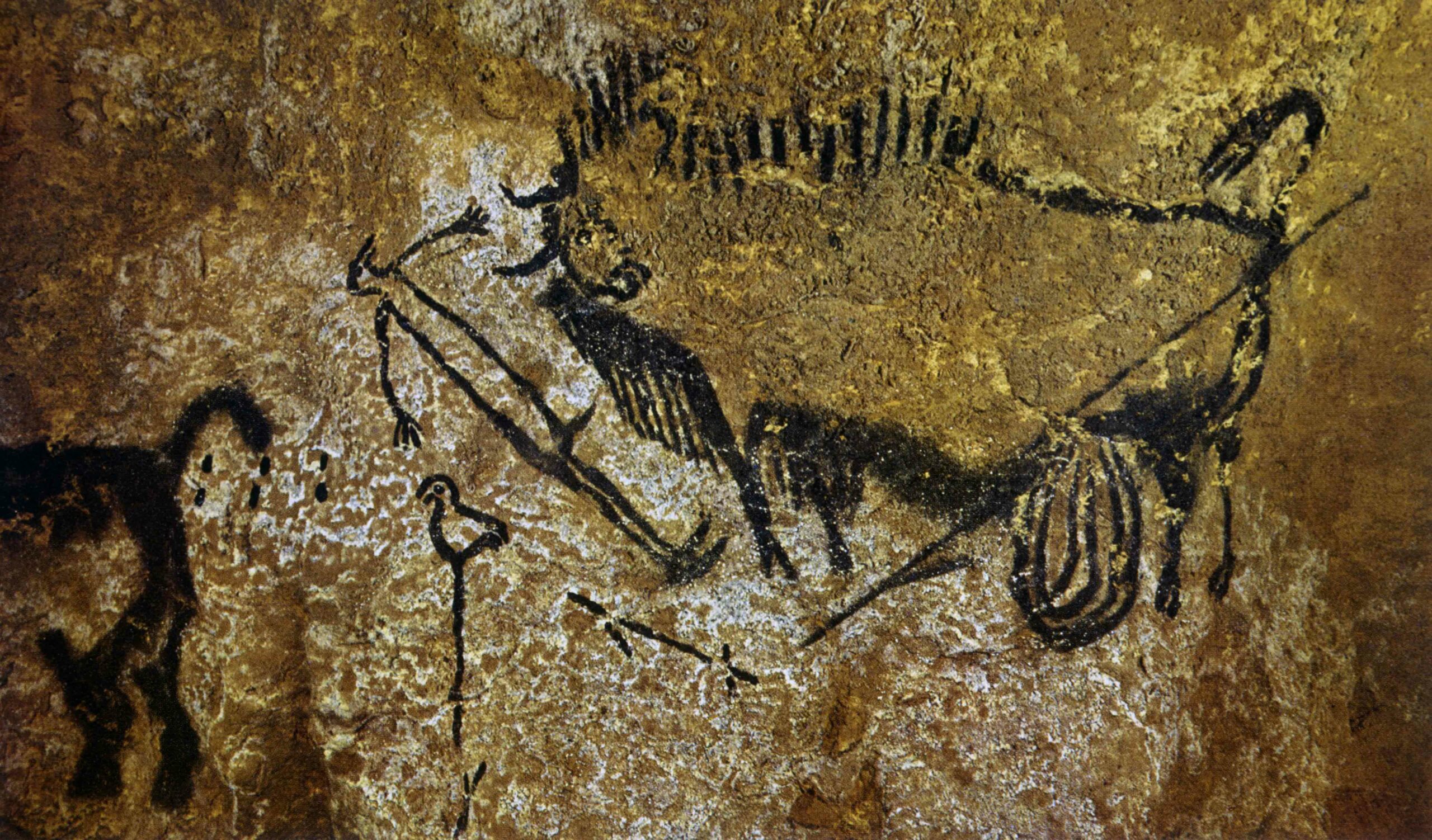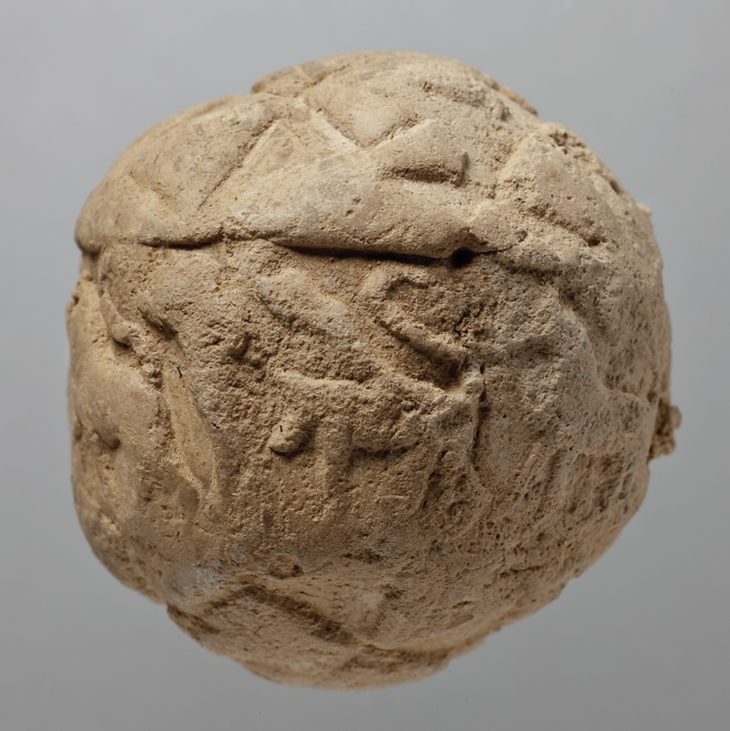
TORONTO, ONTARIO—CT scans and 3-D modeling were used by Christopher Woods of the University of Chicago’s Oriental Institute to examine the interiors of 20 clay balls, known as envelopes, made in Mesopotamia some 5,500 years ago. (Only 150 of the balls are known to have survived.) Each of the balls contains a variety of a total of 14 different kinds of tokens that may have recorded the numbers and types of commodities in economic transactions before writing was invented. Some of the balls also have channels crisscrossing their surfaces. The channels may have been left by fine threads that were tied around the balls to hold wax labels. Other marks on the outsides of the balls, made by seals, could represent the “sellers,” “buyers,” and perhaps even witnesses to the transactions. Woods hopes that with continued study, scientists will be able to “crack the code” by examining how the tokens cluster and vary.


